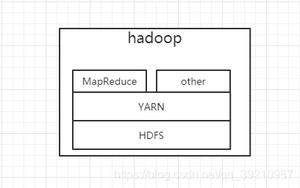在 Python 中使用参数初始化元组
当需要用某些参数初始化元组时,可以使用'tuple'方法和'*'运算符。
'tuple' 方法会将作为参数传递给它的可迭代对象转换为元组类类型。
* 运算符可用于获取两个值的乘积。它还可以用于多次乘以单个值并将其显示在控制台上。
以下是相同的演示 -
示例
N = 6输出结果print("The value of N has been initialized to "+str(N))
default_val = 2
print("The default value has been initialized to " +str(default_val))
indx = 3
print("The index value has been initialized to "+ str(indx))
val_to_add = 6
print("The value to be added is initialized to " +str(val_to_add))
my_result = [default_val] * N
my_result[indx] = val_to_add
my_result = tuple(my_result)
print("The tuple formed is : ")
print(my_result)
The value of N has been initialized to 6The default value has been initialized to 2
The index value has been initialized to 3
The value to be added is initialized to 6
The tuple formed is :
(2, 2, 2, 6, 2, 2)
解释
'N'、'index'、'要添加的值'的值和默认值被初始化并显示在控制台上。
默认值乘以“N”并分配给变量。
此操作被分配给一个变量。
该变量的“索引”被分配了需要添加的值。
接下来,将变量转换为元组,并存储在变量中。
此变量是显示在控制台上的输出。
以上是 在 Python 中使用参数初始化元组 的全部内容, 来源链接: utcz.com/z/317418.html



